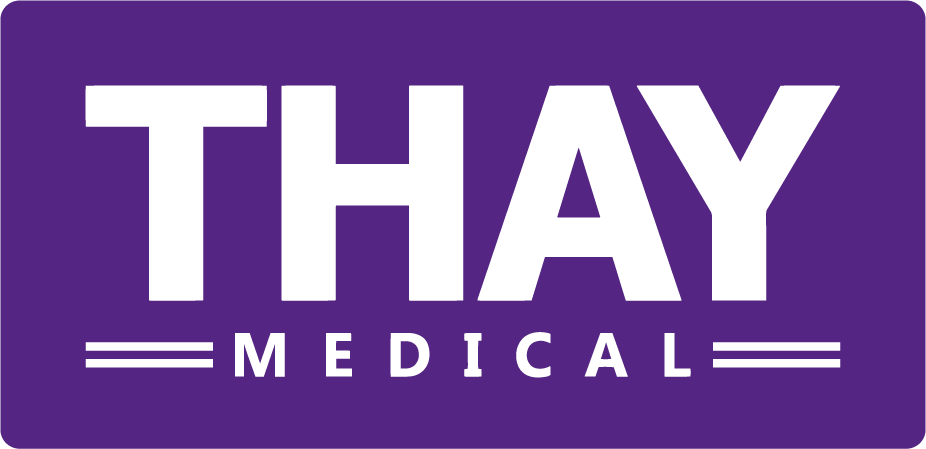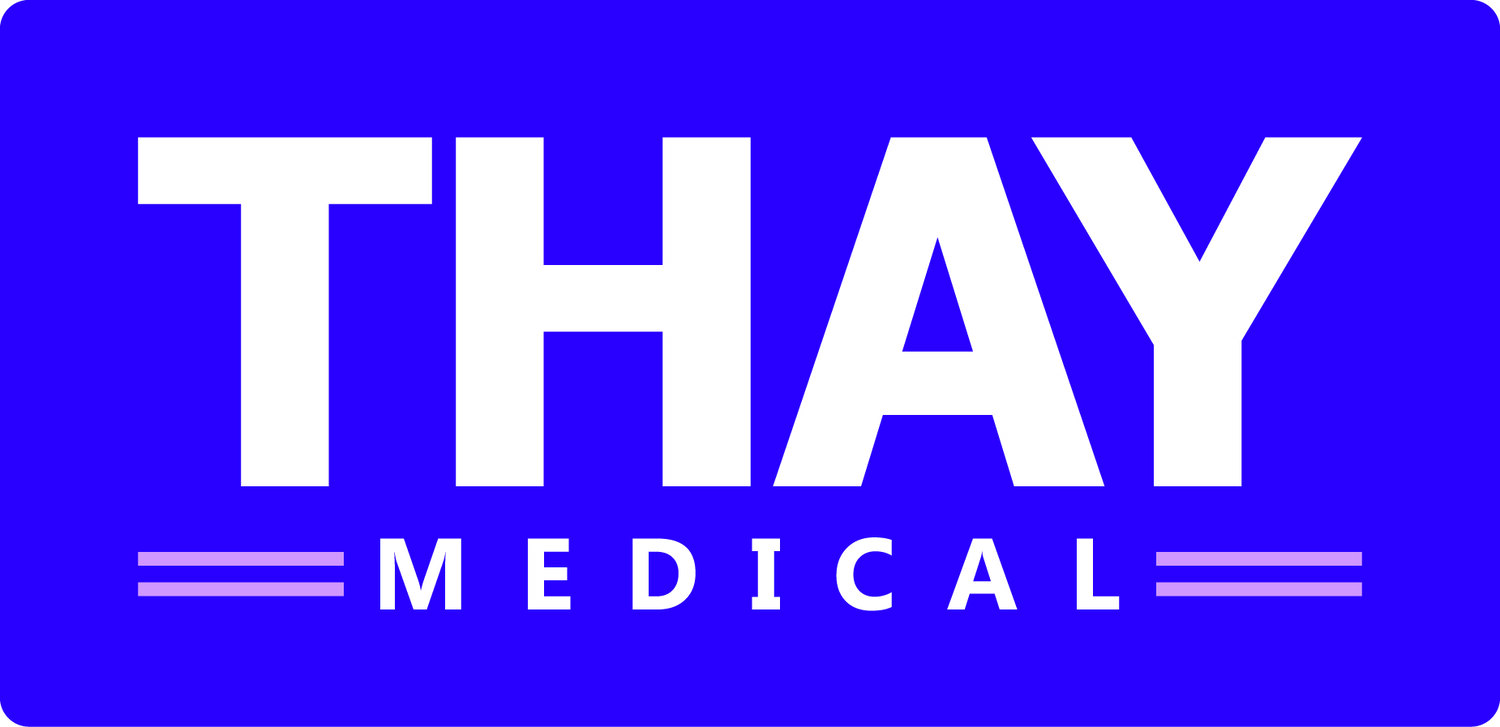Wearable Technology
 Everybody loves fashion. Everybody loves technology. So there is no surprise that these two industries are now collaborating with some very exciting results. Having attended the Wearable Technology Show 2016 at the Excel in London there is no surprise at the amount of buzz around this topic.Wearable technology has a large potential spectrum of sectors from fashion to well-being to medical. With the recent trend and success of Fitbit’s product portfolio and other tracking devices, its unsurprising to see a number of similar products being introduced to the market. How will one choose which to buy? With a number of different watches now available that monitor different vital signs / signals, if you wanted to monitor multiple signals, there would be a need to wear more than one watch at a time; and this may not include additional body monitors also available. Here it seems there is a lack of human factors. Who would willingly wear multiple monitors at one time? There is an opportunity here to gather all wearable’s and connect them together to create one “super” wearable.In addition, wearable technology and fitness go hand in hand together. With the ability to track heart rate, distance and calories burned, it’s possible to train harder and more efficiently. The Wearable Technology Show 2016 showcased a number of sportswear devices, ranging from monitoring devices to LED light up sportswear for night time training. The advancement in technology in sport is not something new yet the advancement in personal consumer products for the mass markets is on the rise. Allowing more people to be connected to their training has the potential to motivate more to work more and train more. It appears that many consumer companies, for example Jaguar Land Rover, Sony, Samsung and Epson are expanding into the well-being sectors, which was positive to see.Wearable technology is part of the future of medical devices. Currently a number of diabetes patients need to wear an insulin pump, while this is often worn via a strap or a belt or even a pocket clip, it is often a burden. With the continued development of wearable technology, it would be possible to design and develop products that would incorporate fashion technology and insulin technology together. If there is a way to enable patients to feel more comfortable with their medical devices through the use of wearable technology it is a step in the right direction. Through human factors and usability studies it is easy to see the discomfort and frustrations many patients have with their devices.If you have any questions, please do not hesitate to contact THAY Medical. We would love to hear from you.The staff at THAY Medical
Everybody loves fashion. Everybody loves technology. So there is no surprise that these two industries are now collaborating with some very exciting results. Having attended the Wearable Technology Show 2016 at the Excel in London there is no surprise at the amount of buzz around this topic.Wearable technology has a large potential spectrum of sectors from fashion to well-being to medical. With the recent trend and success of Fitbit’s product portfolio and other tracking devices, its unsurprising to see a number of similar products being introduced to the market. How will one choose which to buy? With a number of different watches now available that monitor different vital signs / signals, if you wanted to monitor multiple signals, there would be a need to wear more than one watch at a time; and this may not include additional body monitors also available. Here it seems there is a lack of human factors. Who would willingly wear multiple monitors at one time? There is an opportunity here to gather all wearable’s and connect them together to create one “super” wearable.In addition, wearable technology and fitness go hand in hand together. With the ability to track heart rate, distance and calories burned, it’s possible to train harder and more efficiently. The Wearable Technology Show 2016 showcased a number of sportswear devices, ranging from monitoring devices to LED light up sportswear for night time training. The advancement in technology in sport is not something new yet the advancement in personal consumer products for the mass markets is on the rise. Allowing more people to be connected to their training has the potential to motivate more to work more and train more. It appears that many consumer companies, for example Jaguar Land Rover, Sony, Samsung and Epson are expanding into the well-being sectors, which was positive to see.Wearable technology is part of the future of medical devices. Currently a number of diabetes patients need to wear an insulin pump, while this is often worn via a strap or a belt or even a pocket clip, it is often a burden. With the continued development of wearable technology, it would be possible to design and develop products that would incorporate fashion technology and insulin technology together. If there is a way to enable patients to feel more comfortable with their medical devices through the use of wearable technology it is a step in the right direction. Through human factors and usability studies it is easy to see the discomfort and frustrations many patients have with their devices.If you have any questions, please do not hesitate to contact THAY Medical. We would love to hear from you.The staff at THAY Medical

